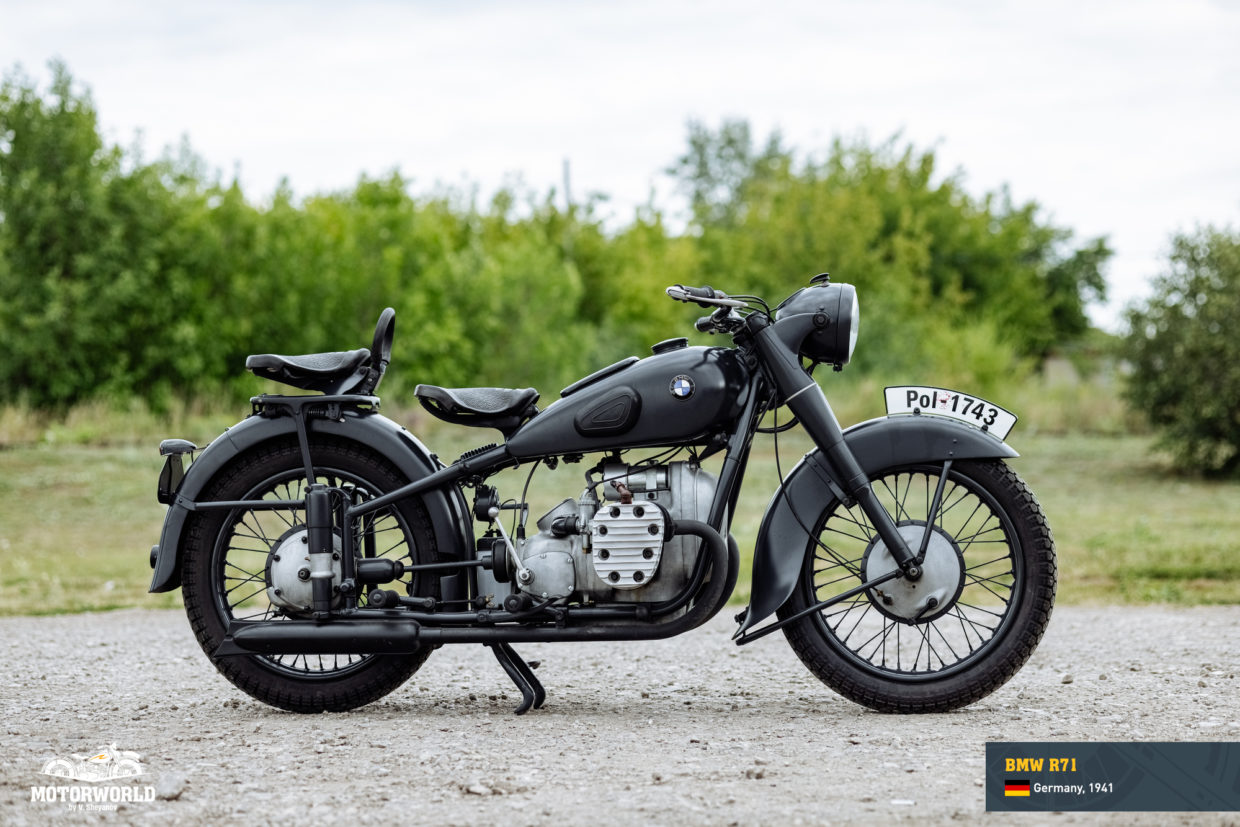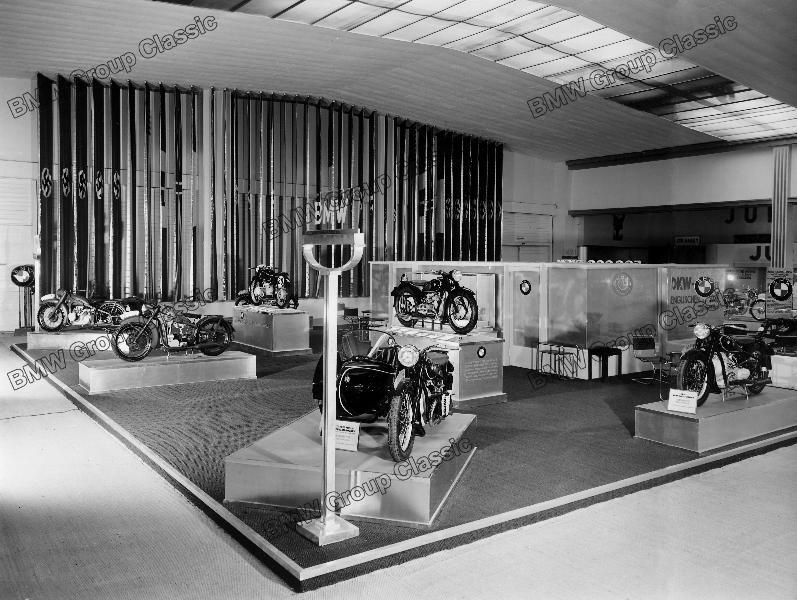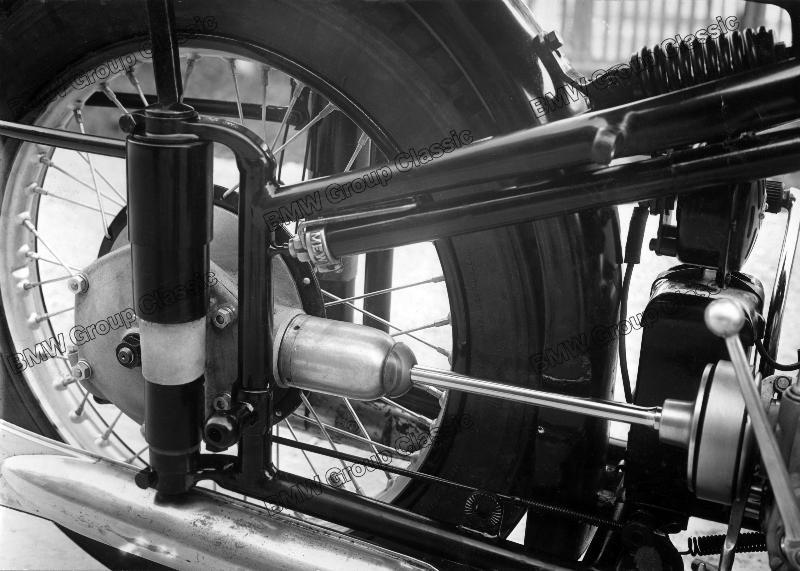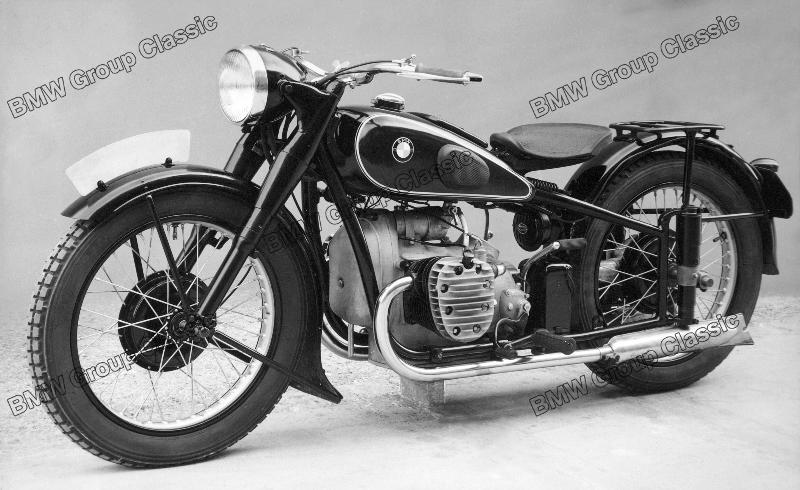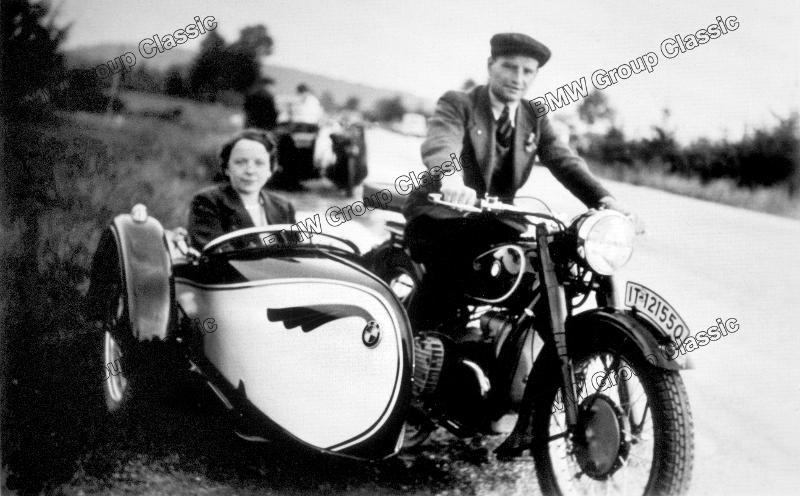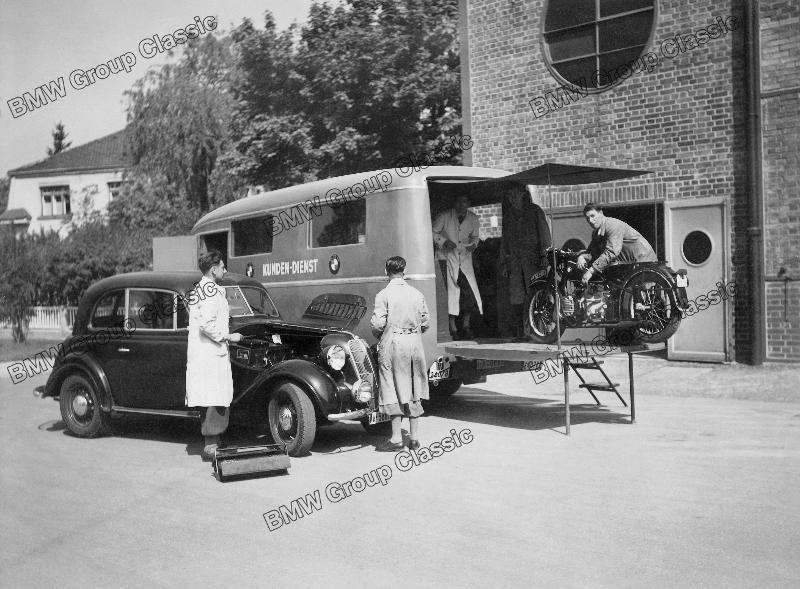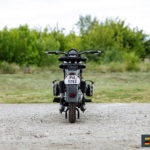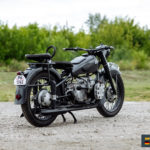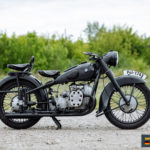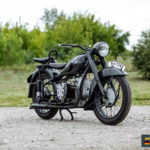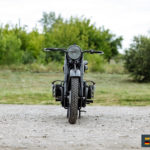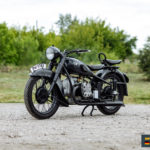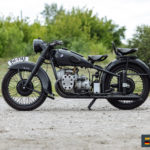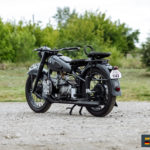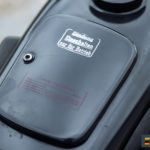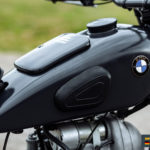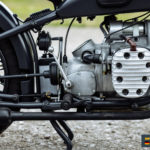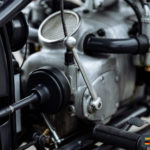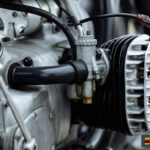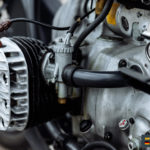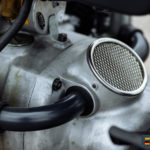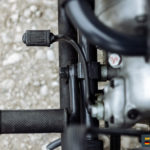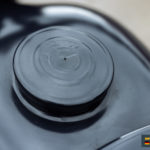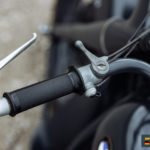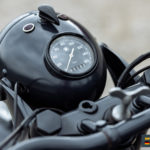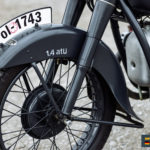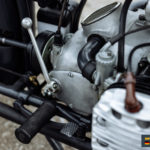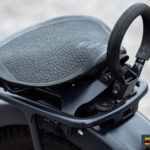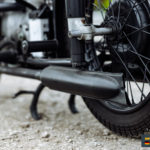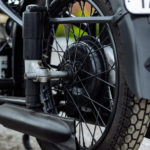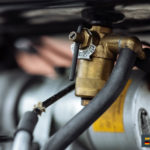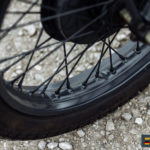This entry is also available in: Russian
But, “the devil is in the details.” The German motorcycle, presented to the public at an exhibition in Berlin in 1938, remained an “unattainable standard” for its Soviet counterpart.
The number of countries in which R71 could be found over the next few years is impressive but it wasn’t a friendly visit…
BMW R71 was presented at the Berlin Motor Show, along with three “junior” models: the OHV 500cc R51 and R61 and R66 equipped with bigger 600 cc engines. For the first time in BMW history, new models received a rear suspension, which in the previous 1937 has debuted in a six-day rally. Then the riders were delighted with the innovation because even after several hours of off-road driving they weren’t fatigued. Therefore the rear suspension went into serial production the following year.
Serial production of the motorcycle was launched in 1938 and lasted only 3 years, until 1941. Technically difficult, the R71 gave the impression of a very simple machine – thanks to the high-quality standards and the tremendous work that engineers and designers put into the new line of their motorcycles.
And if we can evaluate the appearance of the R71 from photographs, comparing the main competitors with each other, then in order to objectively assess the driving performance and the impression of the “new BMW model”, which today is more than 80 years old, we will have to use the “time machine” and turn to the late 30s press.
British motorcycle journalists were full of compliments, talking mainly about superior handling, flexible and powerful engine, and thoughtful design. In Britain, R71 was recommended for everybody who needed a motorcycle for long-distance travel.
German journalists focused on comfort: even a lady after a long trip, characterized the motorcycle as comfortable and safe, which had never been said about any other motorcycle before.
The R71 motorcycle was the most expensive in the BMW line, but what could competitors offer for the same price?
The R71 had excellent steering at any speed, while the engine allowed to accelerate to a maximum of 125 km / h solo or 95 km / h with a sidecar. The comfortable speed for riding the highway was 105 km / h with a fuel consumption of 5.4 l / 100 km. The maximum speed to which it was possible to accelerate in 2nd and 3rd gears was 100 and 120 km / h, respectively.
To understand how good the performance was for a 750 cc engine, here is an excerpt from a 1938 article describing similar performance for a Brough Superior SS100 motorcycle equipped with a 1000cc Matchless engine:
“Henry Laid’s tests show the SS100’s top speed with sidecar was 129.6 km / h in 4th gear. In other gears, the top speed was also quite impressive: 121.6 km / h in third and 97.6 km / h in second. ”
Now for the fun part: the SS100 without a sidecar was sold at the price of £170 versus £123 for the R71, or nearly 40% more! In fairness, we should note that the maximum speed of the SS100 without a sidecar reached 160 km / h, but the English brand couldn’t reach the level of BMW customer service.
Can you imagine a mobile technical assistance point? Now, in the 21st century – of course, yes! And what’s about in 1938? Surprisingly, BMW offered that option. Do you still wonder why everyone admired the products of the “Bavarians” so much?
It seemed that the R71 had to be sold in high numbers all over the world, but the ambitions of the political parties mixed all the cards – the BMW R71 was “called up” to the front, to serve in the Wehrmacht.
In the military training camps of the Wehrmacht we could find both models – the simpler BMW R12, which had been in service for several years, and now the conditionally “tourist” R71, which was equipped with a more perfect and lighter frame with variable section tubes, soft rear suspension, and more powerful 22 hp engine with a compression ratio of 5.5:1. Nevertheless, despite the obvious advantages, the R71 didn’t become a bestseller. The army needed a low production cost instead of a machine with a high-class manufacturing accuracy and one of the most advanced, but expensive frames on the market offering high comfort.
The BMW R71 became the last side-valve motorcycle in the history of the Bavarian brand and the last one that could be equipped with a hand gear lever at the request of the buyer.
A total of 3458 R71 motorcycles were produced, most of which were destroyed in the war.
It’s interesting that while the end of R71 production in Germany, the model found a new life, in two versions at once: the Soviet government started the M-72 production for the needs of the Red Army, and the American Harley-Davidson plant, which also received a military order, presented XA model. Both were based on the Bavarian R71.
USSR copied к71 extremely accurately. Some changes were made only on a fuel tank that became more capacious (volume increased from 14 liters to 22) and on the frame which was strengthed. But, most likely, the explanation was in the poor level of Soviet technologies: elliptical pipes of variable thickness turned out to be too complex for the Soviet industry. As a result, together with 8 liters of fuel, the mass of the M-72 increased by 33 kg due to the “extra” metal in the structure. An interesting fact: today restorers distinguish the frames of the original R-71 and the early M-72 frames from each other by weighing them!
The Americans, on the other hand, had to change the crankcases to fit their carburetors and generator, as well as remake the air filter space. The filter became much more voluminous in comparison with the standard part on the R71 engine. Bu the way, the BMW R71 used in Africa also had an additional filter element.
Both models showed good results in tests, which once again proves that the R71designers were far ahead of their time, but the further fate of the “clones” is different: Harley-Davidson curtailed the production – they already had their own niche of “workhorses”. But the USSR had no desire to stop the production of such a successful model, the history of which continues in the 21st century …
| Manufacturer | Bayerische Motoren Werke, AG, Germany |
| Years of manufacture | 1938-1941 |
| Quantity produced, units | 3 458 |
| Price | RM |
| Today’s value |
| ENGINE AND TRANSMISSION | |
| Type | Boxer, 2-cyl, sidevalve |
| Engine capacity, cc | 750 |
| Bore and stroke, mm | |
| Engine rating | 22 h.p. |
| Sparking | Battery |
| Carburetor | |
| Voltage | 6V |
| Clutch | |
| Number of gears | 4 |
| FRAME AND WHEELBASE | |
| Type | double tubular steel, variable thickness pipes |
| Front suspension | telescopic |
| Rear suspension | telescopic |
| Brakes | Drum |
| Wheel size | |
| DIMENSIONS | |
| Length, mm |
2 130
|
| Width, mm |
820
|
| Height, mm |
960
|
| Wheelbase, mm |
1 400
|
| Ground clearance, mm |
120
|
| Seat height, mm |
690
|
| Mass, kg |
210
|
| Gas tank size, l |
14
|
| Maximum speed, km/h |
125 (solo) / 95 (sidecar)
|
| Range, km |
260
|
- 1941 BMW R71
Источники:
1. https://bmw-grouparchiv.de/research/detail/index.xhtml?id=3689542
2. https://www.zr.ru/content/articles/250118-ne_s_chistogo_lista_bmw_r71/
3. http://www.rkka.ru/handbook/doc/snk-040341.htm
4. http://www.rkka.ru/handbook/doc/nsm-070641.htm
5. https://bmw-grouparchiv.de/




